Introduction to the eTool
 The capacity to reach every person in a community is one of the major goals for emergency preparedness and response. The goal of emergency health communication is to rapidly get the right information to the entire population so that they are able to make the right choices for their health and safety. To do this, a community must know what subgroups make up its population, where the people in these groups live and work, and how they best receive information. Although knowing this type of information might seem obvious, many jurisdictions have not yet begun the process to define or locate their at-risk populations.
The capacity to reach every person in a community is one of the major goals for emergency preparedness and response. The goal of emergency health communication is to rapidly get the right information to the entire population so that they are able to make the right choices for their health and safety. To do this, a community must know what subgroups make up its population, where the people in these groups live and work, and how they best receive information. Although knowing this type of information might seem obvious, many jurisdictions have not yet begun the process to define or locate their at-risk populations.
To maintain consistency with the Pandemic and All-Hazards Preparedness Act (PAHPA), this eTool uses the term “at-risk populations” to describe individuals or groups whose needs are not fully addressed by traditional service providers or who feel they cannot comfortably or safely use the standard resources offered during preparedness, response, and recovery efforts. These groups include people who are physically or mentally disabled (e.g., blind; deaf or hard-of-hearing; have learning disabilities, mental illness or mobility limitations), people with limited English language skills, geographically or culturally isolated people, homeless people, senior citizens, and children.
 Regardless of terminology, trust plays a critical role in reaching at-risk populations. Reaching people through trusted channels has shown to be much more effective than through mainstream channels. For some people, trusted information comes more readily from within their communities than from external sources.
Regardless of terminology, trust plays a critical role in reaching at-risk populations. Reaching people through trusted channels has shown to be much more effective than through mainstream channels. For some people, trusted information comes more readily from within their communities than from external sources.
This eTool guides the user through a process that will help planners to define, locate, and reach at-risk populations in an emergency. Additional tools are included to provide resources for more inclusive communication planning that will offer time-saving assistance for state, local, tribal, and territorial public health and emergency management planners in their efforts to reach at-risk populations in day-to-day communication and during emergency situations.
If you follow the process outlined in this eTool, you will begin to develop a community outreach information network (COIN)—a grassroots network of people and trusted leaders who can help with emergency response planning and delivering information to at-risk populations in emergencies. Building a strong network of individuals who are invested in their community’s well-being, who are prepared and willing to help, and who have the ability to respond in an emergency is just the start. You must also include network members in your emergency preparedness planning, test the capacity of your COIN to disseminate information through preparedness exercises, and make changes to your preparedness plans based on the evaluation of those exercises.
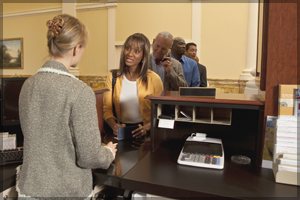 One lesson learned from events since 2001, especially Hurricane Katrina in 2005, is that traditional methods of communicating health and emergency information often fall short of the goal of reaching everyone in a community. Although a great deal of work has been done, public engagement for emergency response planning remains low. Other reports and legislation have also acknowledged this challenge as indicated below.
One lesson learned from events since 2001, especially Hurricane Katrina in 2005, is that traditional methods of communicating health and emergency information often fall short of the goal of reaching everyone in a community. Although a great deal of work has been done, public engagement for emergency response planning remains low. Other reports and legislation have also acknowledged this challenge as indicated below.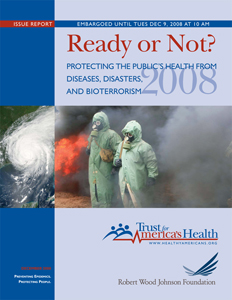 When enacted in December 2006, the
When enacted in December 2006, the 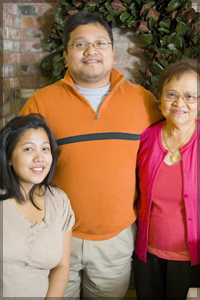
 Chinese or simply does not read or understand English well, the communication barrier is a language or literacy issue and many of the strategies for message adaptation can be the same. Instead of translating emergency messages into 126 languages spoken in a community, public health departments have initiated pilot efforts to convey crucial information in simple, picture-based messages that are easily understood by everyone.
Chinese or simply does not read or understand English well, the communication barrier is a language or literacy issue and many of the strategies for message adaptation can be the same. Instead of translating emergency messages into 126 languages spoken in a community, public health departments have initiated pilot efforts to convey crucial information in simple, picture-based messages that are easily understood by everyone.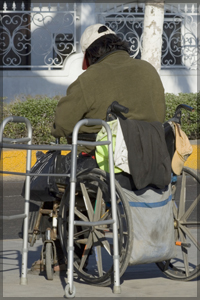 Start with economic disadvantage. If resources permit a community to address only one at-risk population characteristic, using poverty as a criteria may help reach a large number of people.
Start with economic disadvantage. If resources permit a community to address only one at-risk population characteristic, using poverty as a criteria may help reach a large number of people. 

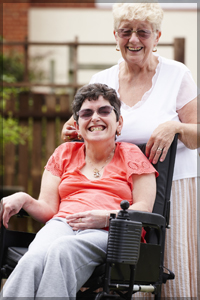 According to the
According to the 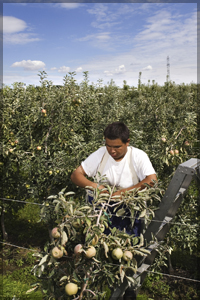 People can be isolated if they live in rural areas or in the middle of a densely populated urban core. There are many ways people might be considered isolated, including:
People can be isolated if they live in rural areas or in the middle of a densely populated urban core. There are many ways people might be considered isolated, including:
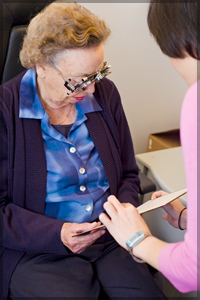 Although many elderly people are competent and able to access health care or provide for themselves in an emergency, chronic health problems, limited mobility, blindness, deafness, social isolation, fear, and reduced income put older adults at an increased risk during an emergency.
Although many elderly people are competent and able to access health care or provide for themselves in an emergency, chronic health problems, limited mobility, blindness, deafness, social isolation, fear, and reduced income put older adults at an increased risk during an emergency.